
Browse our fun-packed, helpful plant-based articles, and delve deeper into this healthy, sustainable lifestyle!


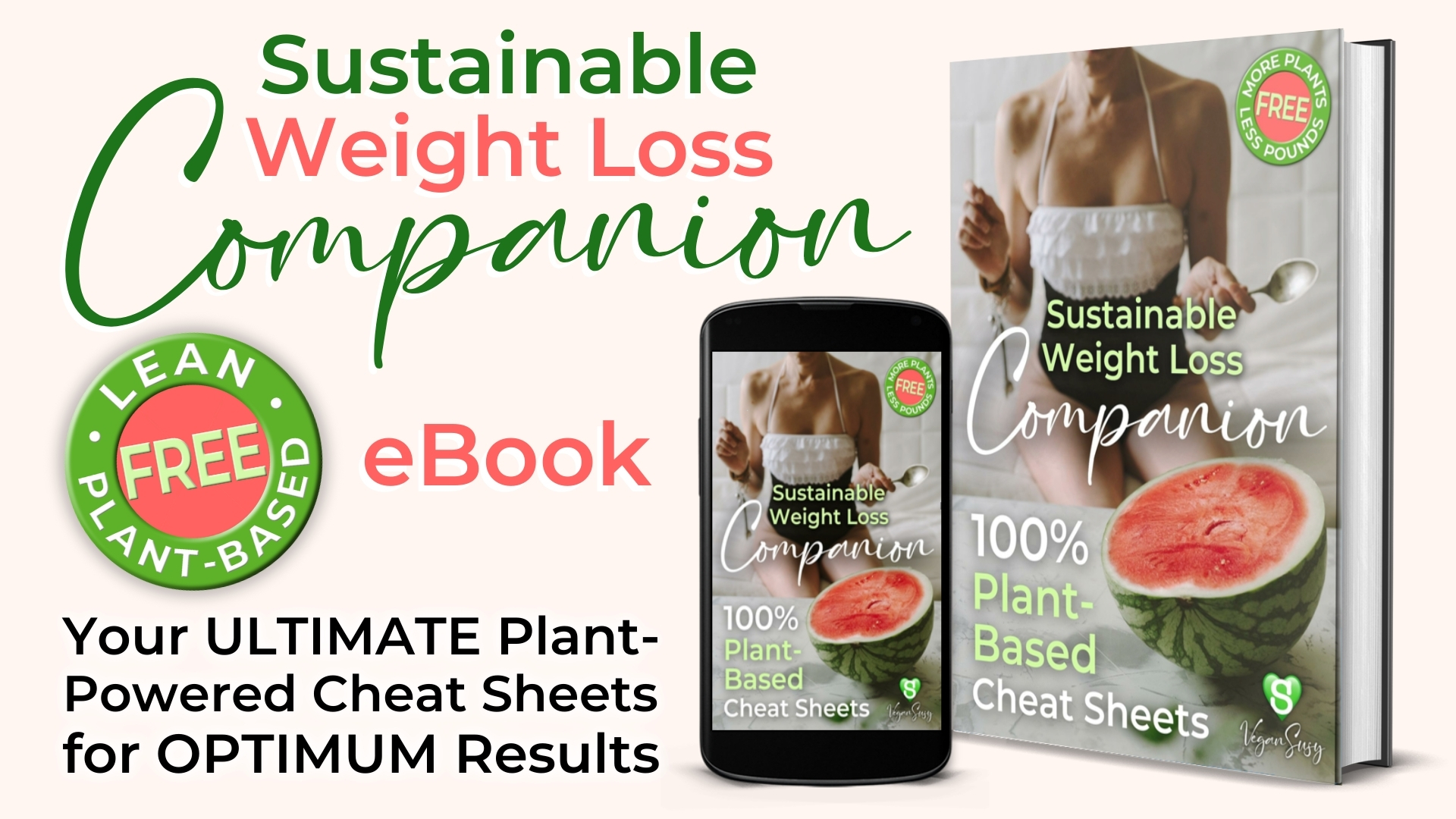

Incorporating Intermittent Fasting With A Plant-Based Diet: Complete Guide
Plant-Based Weight Loss For Women
Author: Plant-Based Susy
There has been a lot of buzz around Intermittent fasting in recent years. This innovative approach has quickly become one of the most common and effective weight loss methods. Combining intermittent fasting with a plant-based diet takes the benefits to a new level. There are plenty of delicious plant-based foods for weight loss, and eating them within a certain time window can make the process faster and more effective.
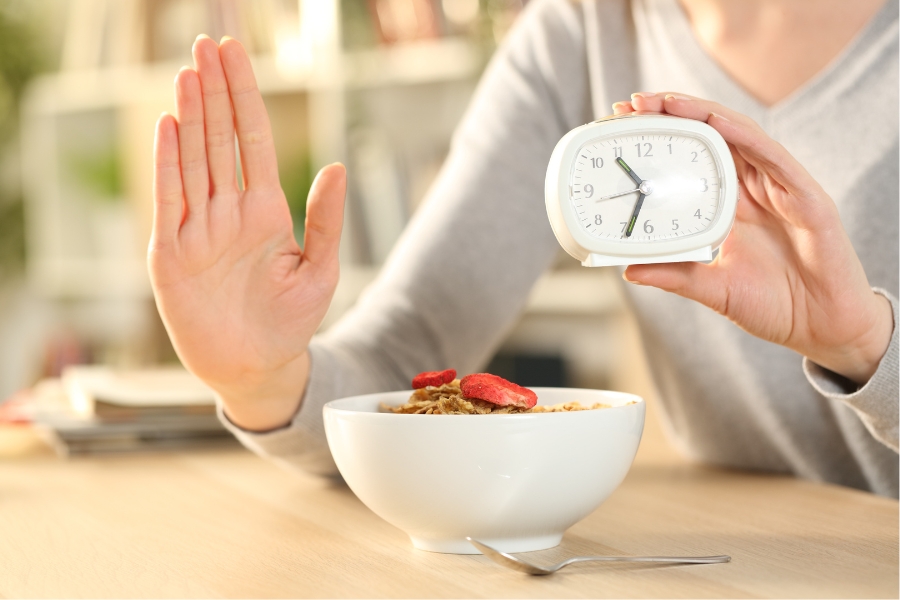
Table of Contents:
What Is Intermittent Fasting?
Intermittent fasting is an eating plan that switches between fasting and a regular eating schedule. With this diet, the focus is less on cutting out certain foods and more on when you should eat. Following intermittent fasting means you only eat during certain parts of the day rather than whenever you want to. That means you won't indulge in late-night snacks but will still get plenty of food outside of fasting hours.
Research shows that fasting for a certain amount of time each day positively impacts the body. Studies show that fasting diets like this are a good option for those wanting to lose weight. For people who don't want to count calories or follow a fad diet, this is an incredibly excellent route for weight loss. The body can go without food for long periods, so this is a safe weight-loss option as well.
Intermittent fasting sets aside a time when one doesn't eat. By doing so, the body depletes glucose stores and starts to burn stored fat for energy. This is called metabolic switching. Short-term intermittent fasting can boost metabolism. Fasting for up to 48 hours can boost metabolism by 3.6 – 14%, but any more than that, and the positive effects begin to reverse.
How Does Intermittent Fasting Work?
Intermittent fasting can work in many ways, but they are all similar. Intermittent fasting creates a period without eating. With intermittent fasting, eating is restricted to a specific window of time during the day, and the remainder of the day is spent fasting. Limiting eating to a particular time frame makes people consume fewer calories than they would otherwise.
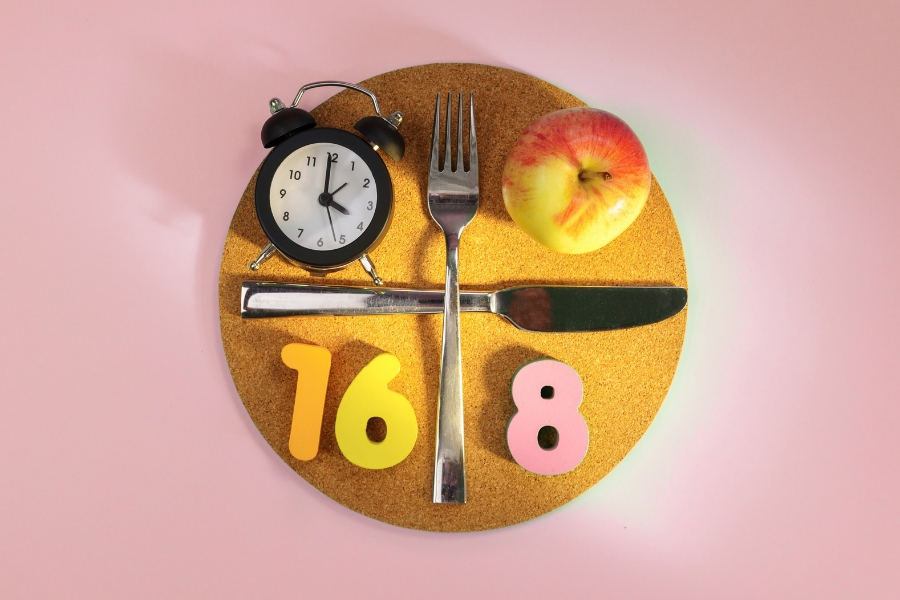
16/8 Method
The 16/8 intermittent fasting method limits food intake to a set window of 8 hours each day; for the other 16 hours, you fast. This includes beverages that contain calories, but you can have some drinks like plain coffee and water. This is the most popular method of intermittent fasting. It's simple to follow and attainable.
The 16/8 method simplifies intermittent fasting and doesn't disrupt daily life. For example, you'll fast longer in the morning if you go out for a late dinner. If you have breakfast planned earlier than usual, you'll need to stop eating sooner in the evening. It's not a restrictive diet; it's flexible and can work for most lifestyles.
5:2 Method
The 5:2 diet is another popular method of intermittent fasting. With this method, five days a week your eating habits can stay the same, and the remaining two are restricted to 500 to 600 calories daily. This diet doesn't limit what foods you eat or when you can eat them. It's a lifestyle change two days a week, which for some people is super easy to accommodate.
The 5:2 Method allows five days of regular eating habits and only two days of restricting calories. This allows for a lot of freedom. Two days of controlled eating is pretty simple if you plan your weeks out in advance. Consider your work schedule and any meal plans you want to follow. The two days of restriction don't have to be back-to-back to see results, which frees things up even more.
If your regular eating habits involve eating tons of junk food and way more food than your body needs every day, you aren't going to lose anything. It's essential to still eat plenty of healthy foods and get a variety of nutrients in your diet. Following a plant-based diet and using the 5:2 Method can be even more beneficial. With this diet, you're likely already eating many nutritionally dense foods. It helps when you are already getting plenty of vegetables, fruits, and plant-based proteins.
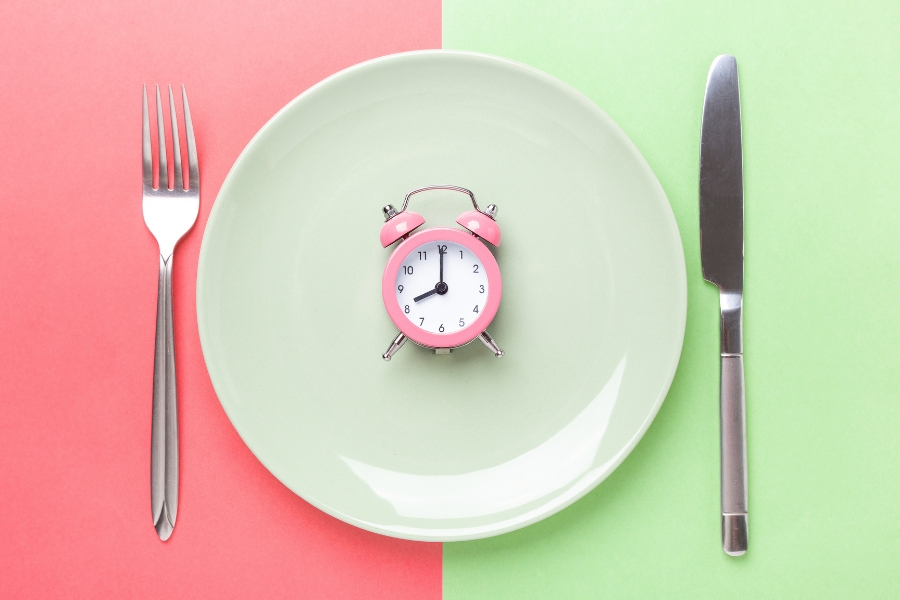
Alternate-Day Fasting
With the alternate-day fasting method, you fast every other day. This is also referred to as the every-other-day diet. You are free to eat whatever you want on non-fasting days. Fasting days are similar to the 5:2 Method in that calories are kept around 500. Some choose not to consume any calories on their fasting days, while others limit what they eat to just a few hundred calories.
The method you select for your intermittent fasting journey depends on your lifestyle and what you feel most comfortable with. Each method can bring success if executed correctly, so it's really all about what works best for you. It doesn't hurt to devote a week to each Method to see which you like most. Once you decide on a method, stick to it for a few months and give it a real, honest try. As with any diet or weight loss routine, seeing the results you're hoping for takes time.
What Does A Plant-Based Intermittent Fasting Diet Look Like?
Intermittent fasting focuses on when to eat rather than what to eat. The focus is on both when a plant-based diet is added to the mix. While you're technically allowed to indulge however you see fit during non-fasting hours, consuming a well-balanced diet is still best. Eating a combination of plant-based proteins, whole grains, nuts, seeds, fruits, and vegetables is essential.
As with any other plant-based diet, it's best to limit processed foods and stick to whole options whenever possible. It's best not to be too restrictive with yourself, as things are already hard enough when fasting is involved. If you're fasting and cutting out all the foods you love, you are putting yourself at a higher risk of binge eating and destroying the progress you're working towards.
Intermittent fasting and plant-based diets have been linked to weight loss. Both lifestyle changes have other benefits, including lower blood sugar and cancer risk. Making these changes is a great way to take care of the body and reach your goals. However, both are restrictive in their own way, so keeping up with nutrient requirements is essential.
Benefits Of Plant-Based Intermittent Fasting
Both plant-based diets and intermittent fasting bring about benefits on their own. Some of these benefits overlap, and others are unique. Practising both a plant-based diet and intermittent fasting simultaneously can double up on the benefits and create a lasting improvement in your life.

Benefits Of A Plant-Based Diet
Weight loss
Improved gut health
Better digestion
Reduced inflammation
Improved heart health
Lower blood pressure
Reduced risk of diabetes
Lower risk of cancer
Improved cholesterol
Many people try intermittent fasting for weight loss, but there are many reasons to do so. Intermittent fasting creates opportunities for things to happen within the body that lead to many other benefits.
Benefits Of Intermittent Fasting
Weight loss
Prevent obesity
Improved heart health
Reduced inflammation
Reduced risk of diabetes
Boost memory
Improved brain function
Better sleep
Cellular repair
Improved tissue health
Tips For Intermittent Fasting With A Plant-Based Diet
Incorporating intermittent fasting with a plant-based diet doesn't have to be a challenge. Developing new healthy habits is essential when switching up your life like this. There are some tips and tricks to make this diet work for you and put more ease into this new routine. Once you decide which Method of intermittent fasting you want to try, here are a few more things to remember.
Eat Nutrient-Dense Foods
Eating plenty of nutritionally dense plant-based foods during the eating window is essential. Get plenty of fibre through vegetables like leafy greens, legumes, broccoli, Brussels sprouts, and asparagus. Load up on healthy fats like nuts, seeds, and avocado. Reach for plant-based protein sources like tempeh, tofu, lentils, edamame, beans, and chickpeas.
Never underestimate the importance of a colourful plate. Eating various fruits and vegetables is a good way to ensure you consume the necessary nutrients. The different nutrients and phytochemicals in fruits and vegetables present themselves in multiple unique colours. These foods are full of antioxidants, vitamins, and minerals. Try to add in two different-coloured fruits and vegetables with every meal. Add in healthy snacks, too.
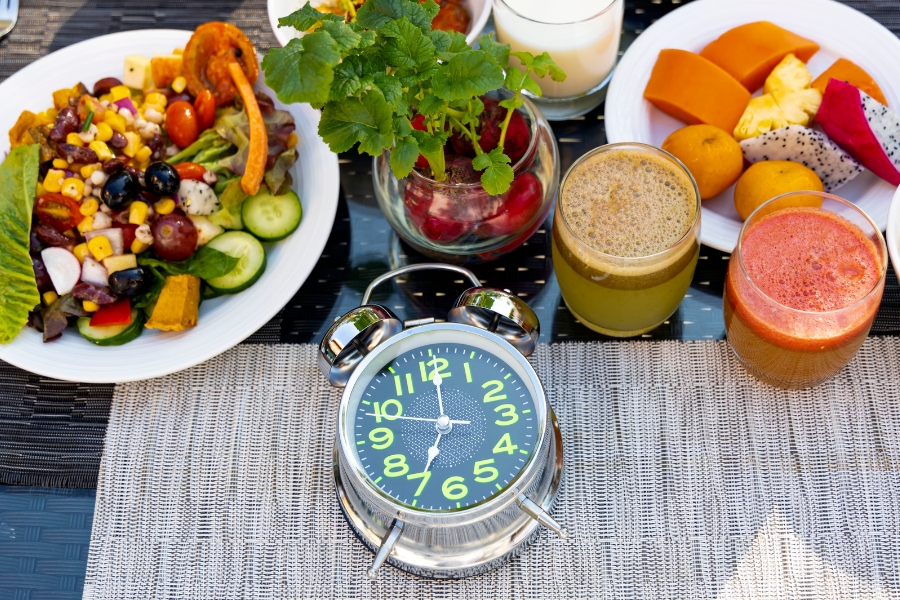
Plan Your Meals
Plan your meals and stick to them. Letting go of comfort eating can be challenging, but developing a routine can make all the difference in your life. That doesn't mean you need to be perfect, but meal planning helps you stick to a schedule and ensure you get all the food you need within your eating window. Ultimately, it's about balance and fostering a positive relationship with food.
When following a plant-based diet, a plan is always helpful. Sometimes, supplements and fortified foods are needed to ensure you get all the nutrients you need. Vitamin B12 is the most common nutrient plant-based eaters get concerned about. Others include Vitamin D, iron, zinc, omega-3, iodine, and calcium. As long as you eat various plant-based foods, these should be pretty easy to get, but that's where planning your meals comes in handy.
Stay hydrated
Drink enough water as the day goes on. It's important to drink plenty of water both during fasting periods and the eating window. Staying hydrated during intermittent fasting is crucial to ensuring the body functions properly during fasting periods.
Drinking plenty of water prevents dehydration and avoids the uncomfortable and sometimes dangerous symptoms that accompany it. If water is the only thing your body can use when you're not giving it food, it only makes sense that you'll need to stay hydrated.
Play around with fasting styles
Not every intermittent fasting method will fit into your lifestyle in the same way. Some require fasting for 16 hours, while others limit calories to a few days each week. If you're considering the 16/8 intermittent fasting method, start with a shorter fasting window.
Try a 10—to 12-hour fast and increase it from there. There is no need to jump right into 16 hours. If the other methods sound better, there's nothing wrong with starting with one fasting day a week rather than two or three.
Plant-Based Intermittent Fasting Meal Plan
Your plant-based meal plan can look different for many reasons. One part of this has to do with the intermittent fasting method you choose to follow. You may also dislike certain foods someone else really enjoys. Your meal plan can be completely unique to you, your needs, or your taste. Keeping this in mind, it is still helpful to have a starting point.
The key is to follow a well-balanced meal plan. Make sure you're getting plant-based protein from foods like tofu, beans, lentils, and tempeh. Eat plenty of fruits, vegetables, whole grains, nuts, and seeds. Try to get a few servings of leafy green vegetables each day. Collard greens, kale, spinach, cabbage, and broccoli are great options.
Add flax or chia seeds here and there, too. A spoonful can be slipped into foods, such as a smoothie. Get the fortified foods you need to meet your vitamin B12 and calcium needs. The most important thing is to add as many whole foods as possible and limit processed foods. Follow these tips to create a meal plan that meets your needs.
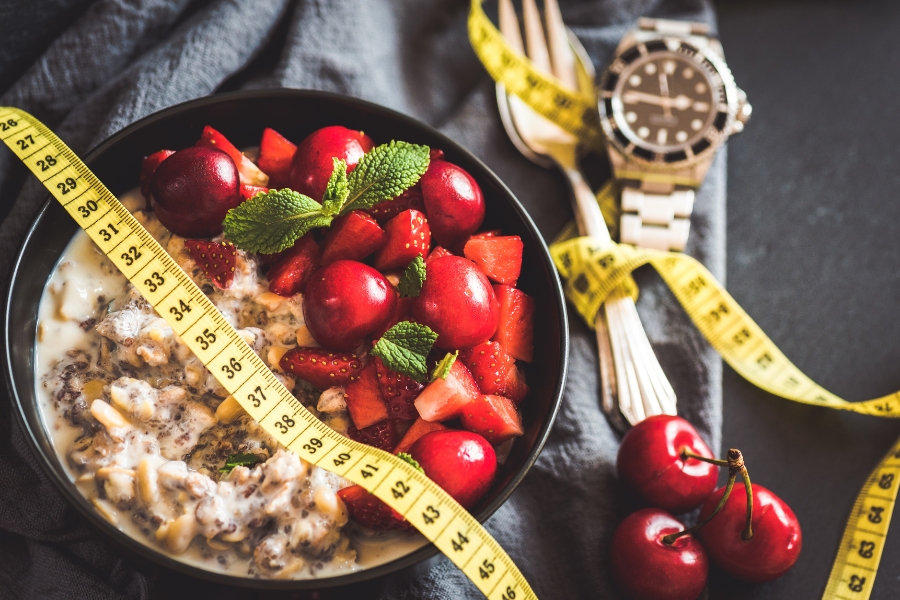
The Bottom Line
Intermittent fasting is an eating plan that switches between fasting and a regular eating schedule. This diet focuses less on cutting out certain foods and more on timing meals a certain way. Following intermittent fasting means you only eat during specific parts of the day rather than whenever you want to.
To follow a plant-based diet while intermittent fasting, you need to consume various nutrient-dense foods within the eating window you've decided on. Prioritise eating vegetables, fruits, whole grains, and protein sources like tempeh, tofu, lentils, beans, and nuts. These foods will help keep your body satisfied throughout fasting periods. Monitor nutrients like B12, iron, and calcium to avoid any deficiencies. Some foods must be fortified to receive the nutrients you need or try adding a supplement that covers them all.
A vegan diet and intermittent fasting don't carry many risks as long as you consume all the nutrients your body needs to thrive. It's uncommon for those intermittently fasting to run into any safety issues. If you're pregnant, a young teenager, or struggle with disordered eating, it's best to consult a professional before making any drastic changes. Incorporating intermittent fasting with a plant-based diet is safe, and many people have found great success in this diet. Be sure to eat various foods daily to get all the necessary nutrients.
Not every intermittent fasting method will fit into your lifestyle. It's okay to give them all a try or change the routine up to fit your needs. One great thing about this lifestyle change is the variety you're still allowed to have daily. This diet isn't strict on what foods you can fill your plate with. You can still indulge in your favourites within your eating window. There’s no need to feel like you lack any of the flavours you know and love.
Frequently Asked Questions
Can you intermittent fast on a plant-based diet?
Incorporating intermittent fasting with a plant-based diet is possible and it doesn’t need to be anymore challenging than a standard diet. It's worth noting that both diets are restrictive in certain ways, so be sure to get a variety of foods during the eating window. Intermittent fasting and following a plant-based diet are great ways to lose weight, among other benefits.
Is intermittent fasting safe for vegans?
A vegan diet and intermittent fasting don't carry many risks as long as you consume all the nutrients your body needs to thrive. It's uncommon for those intermittently fasting to run into any safety issues. As long as people don't force themselves to go days upon days without food, incorporating intermittent fasting with a plant-based diet is plenty safe. Be sure to eat various foods each day to get all the nutrients you need.
Is intermittent fasting safe for everyone?
Some people shouldn't try intermittent fasting. People under the age of 18, anyone with a history of eating disorders, those with type 1 diabetes, and women who are pregnant or breastfeeding should not intermittently fast. If this sounds like you and you're still interested in trying intermittent fasting, consulting a professional before switching your lifestyle in this way may be a good idea.
How to do intermittent fasting for vegans?
Intermittent fasting follows the same rules regardless of the foods one eats. First, you need to decide which method of intermittent fasting you want to follow. Do you want to fast for a certain number of hours each day, two days out of the week, or fast every other day?
From there, incorporating intermittent fasting with a plant-based diet is simple. Cut out foods that aren't considered plant-based and stick to your new healthy routine. Give intermittent fasting a chance to do the work by staying focused and eating accordingly.

💚 "Happy Plant-Based Eating & Exercising!" 💚

Plant-Based Susy
Plant-Based Nutrition Professional & Weight Loss Coach
Empower Yourself: Embark on a Delicious Fat Loss Adventure

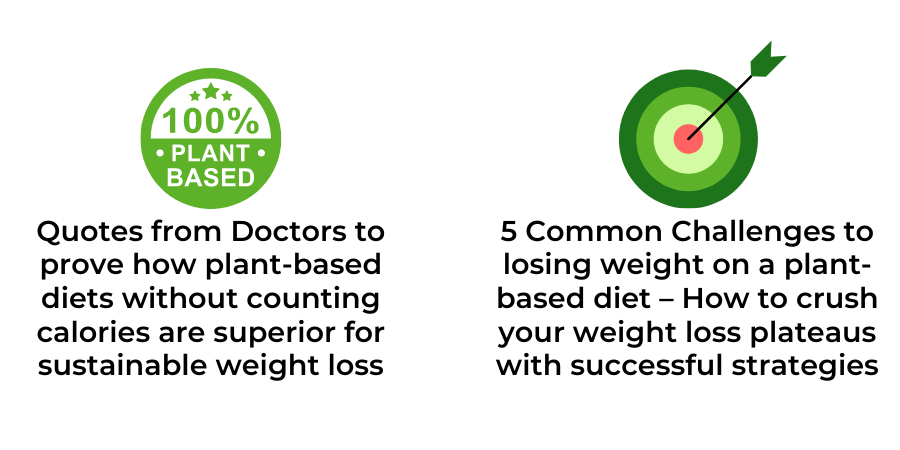
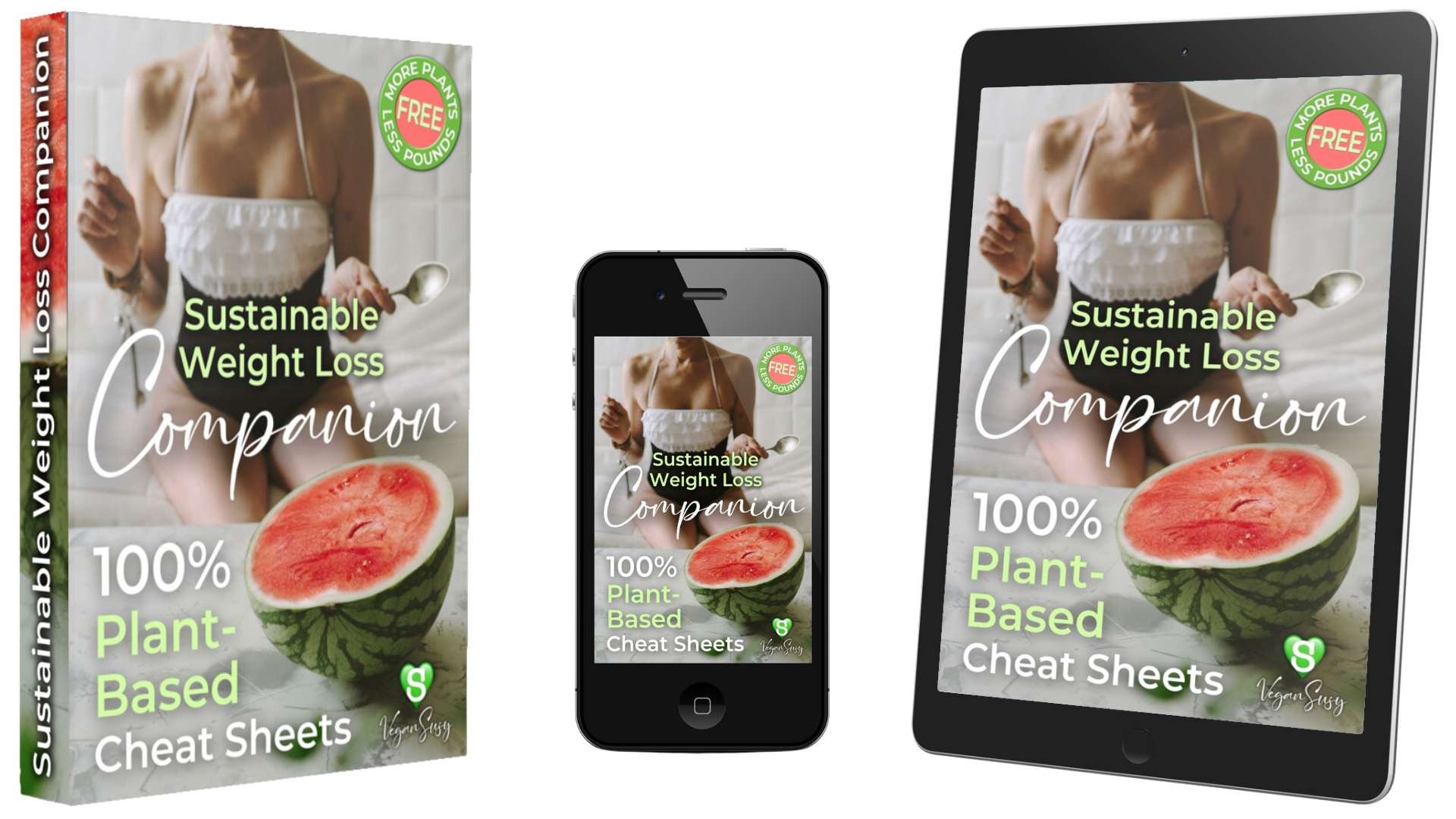
🍉 Get Ready to Jump Start Your Fitness Goals AND DISCOVER A HEALTHIER YOU!
🍉 Let's Make Your Fat Loss & Optimum Health Journey a Delicious Success Story!
🍉 Get The FREE Sustainable Weight Loss Companion eBook and CHEAT SHEETS!
More Free Resources
Unlock Your Transformation Today!
© 2025 VeganSusy Ltd. All Rights Reserved


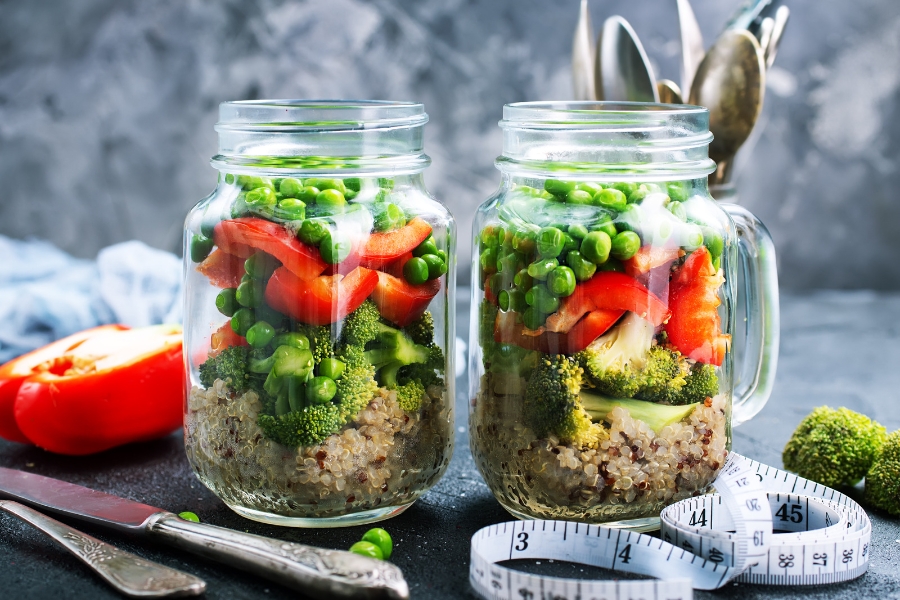
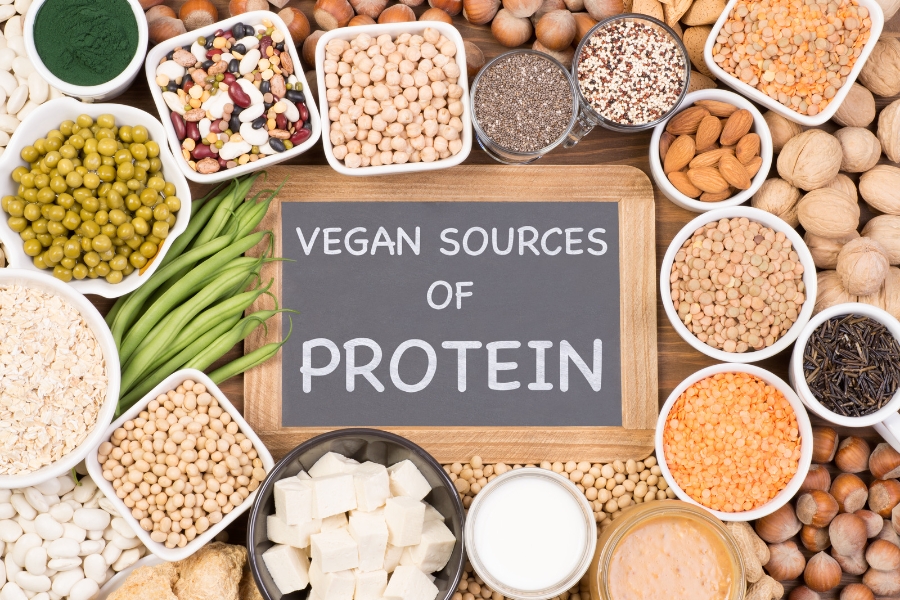

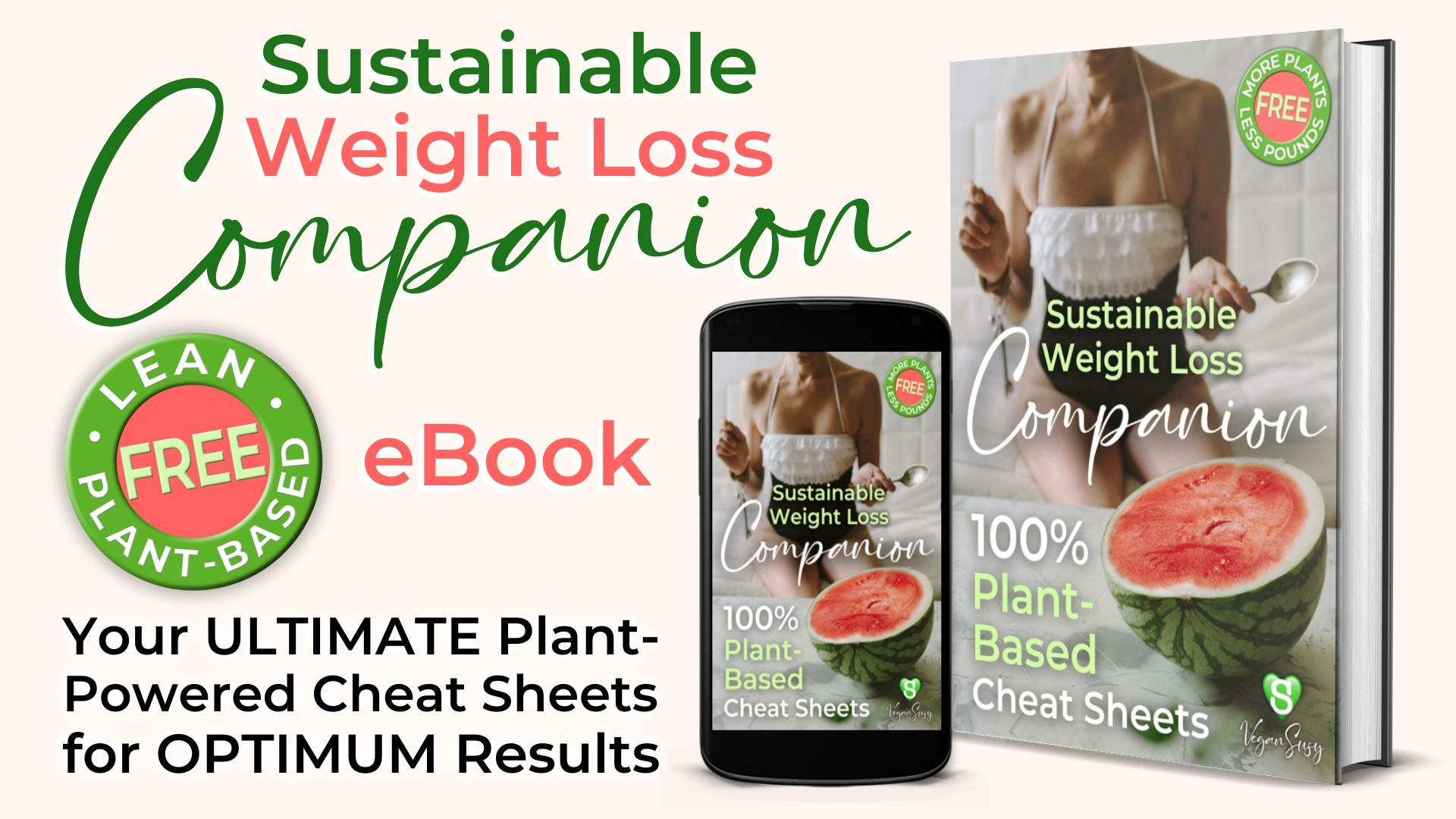





Facebook
Instagram
Youtube
Pinterest